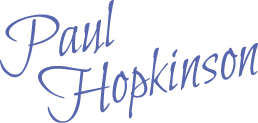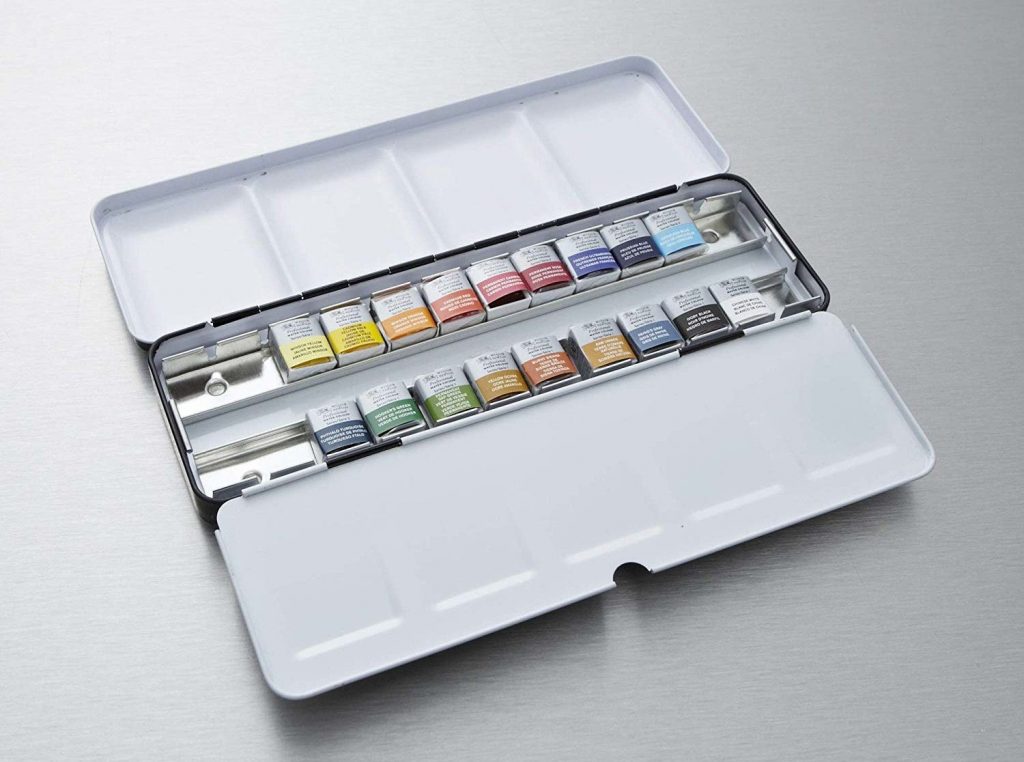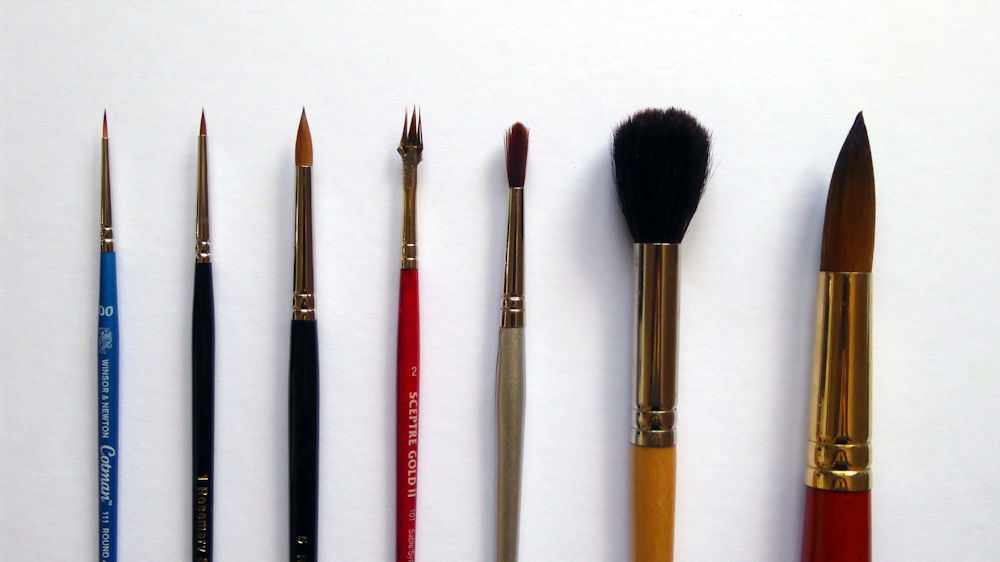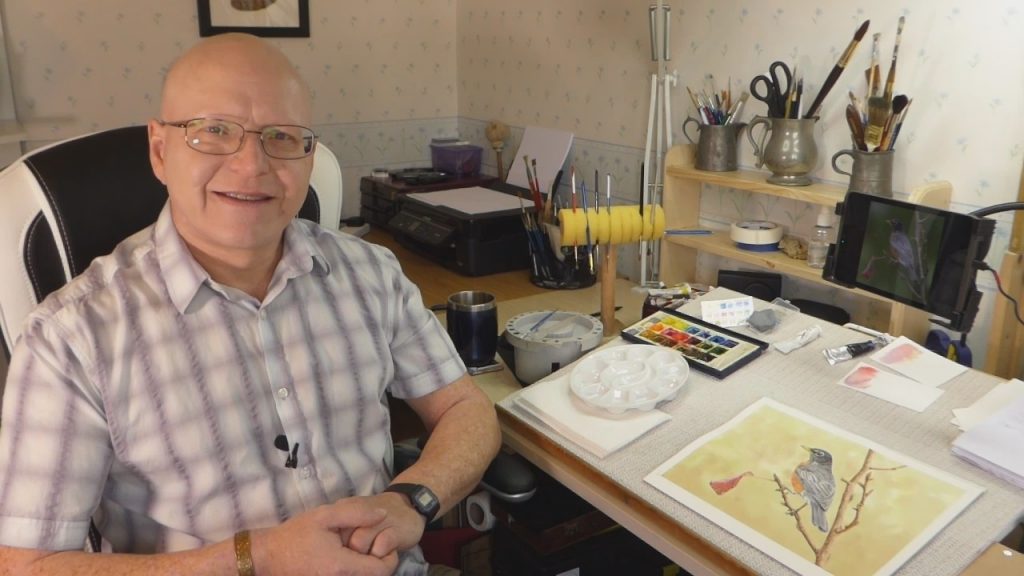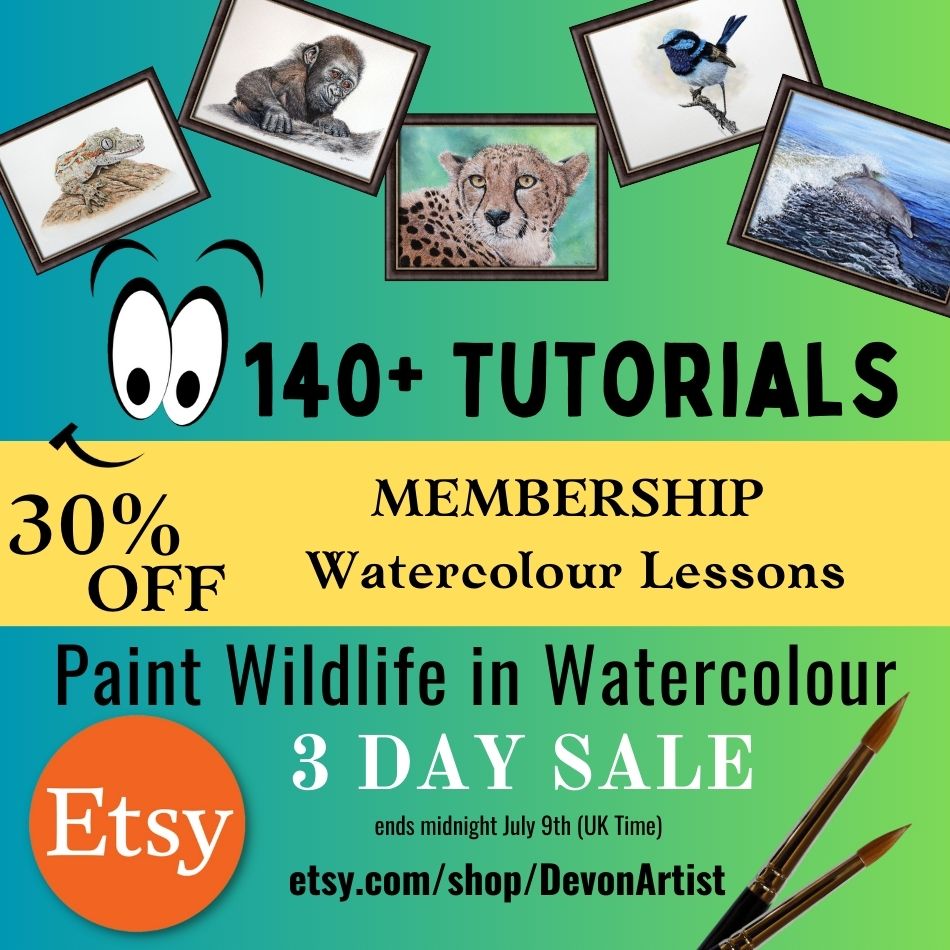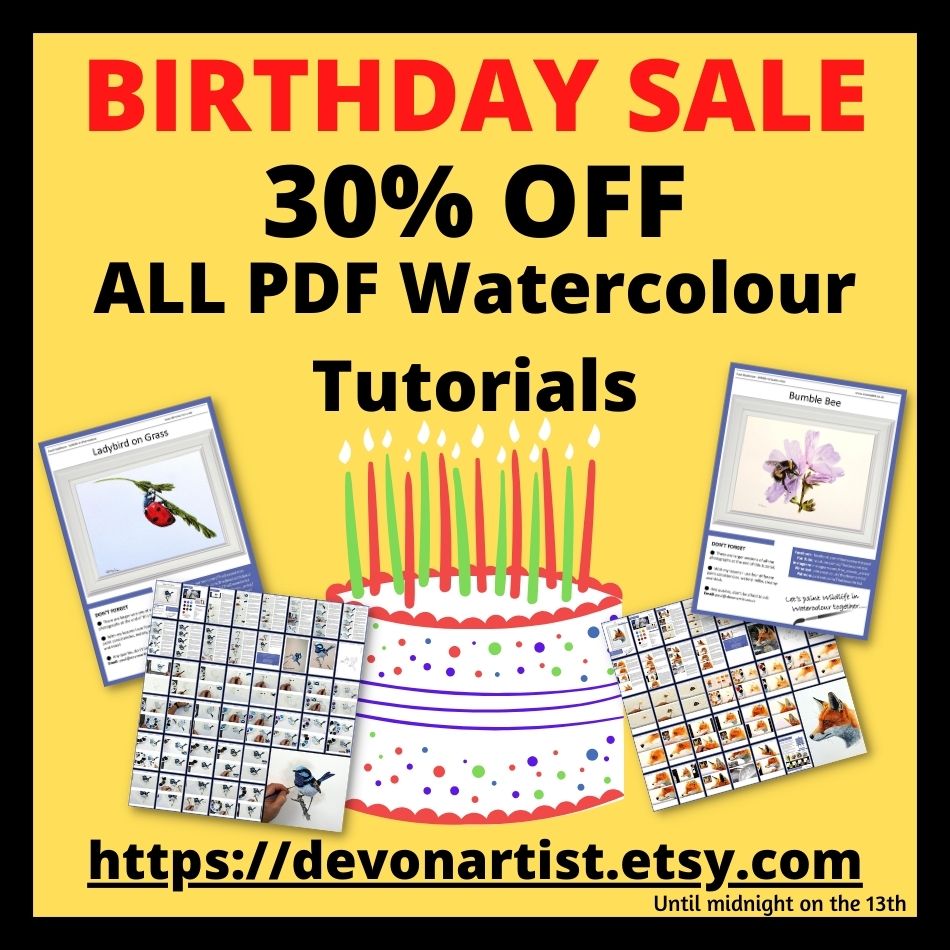Which Watercolour Brushes and Paints?
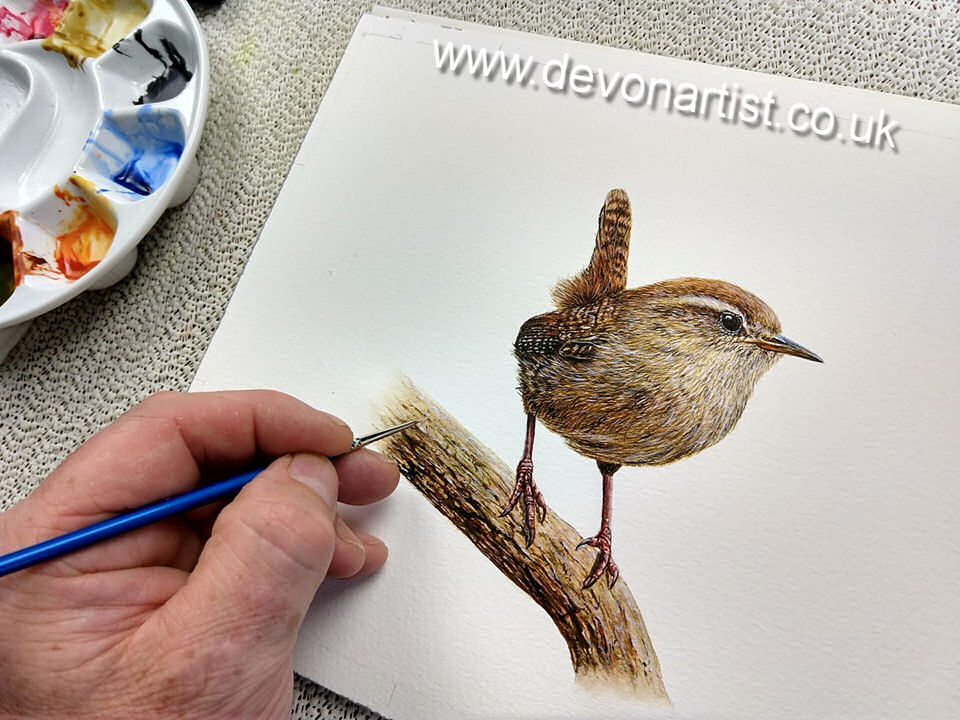
There is a wide range of choice out there, and it is really difficult to know which watercolour brushes and paints to choose.
Watercolour Paints
In my personal experience a box of 12 – 18 half pans will be enough to get you up and running quickly and inexpensively. I personally use Winsor & Newton*, other brands are obviously out there. Although it is tricky, once you start with a brand, to suddenly switch from something you know to something unknown!
Half pans
These are solid blocks of concentrated paint. You tend to get what you pay for. I liken it to orange squash in the sense of the more concentrate you add the stronger the drink. Think about the half pans the same way, the more expensive versions usually have a higher pigment content. Ultimately this will give you a greater depth of colour richness.
Half pans are my choice due to the fact that you don’t waste as much paint as you would using tubes. This is particularly true when all you need is a little colour for one small area.
Tube paint
I do have some tube watercolours, mainly for using with large backgrounds. Indeed, the tubes enable me to quickly mix up a much larger wash. I would therefore recommend having a few of your frequently used background wash colours in tube format.
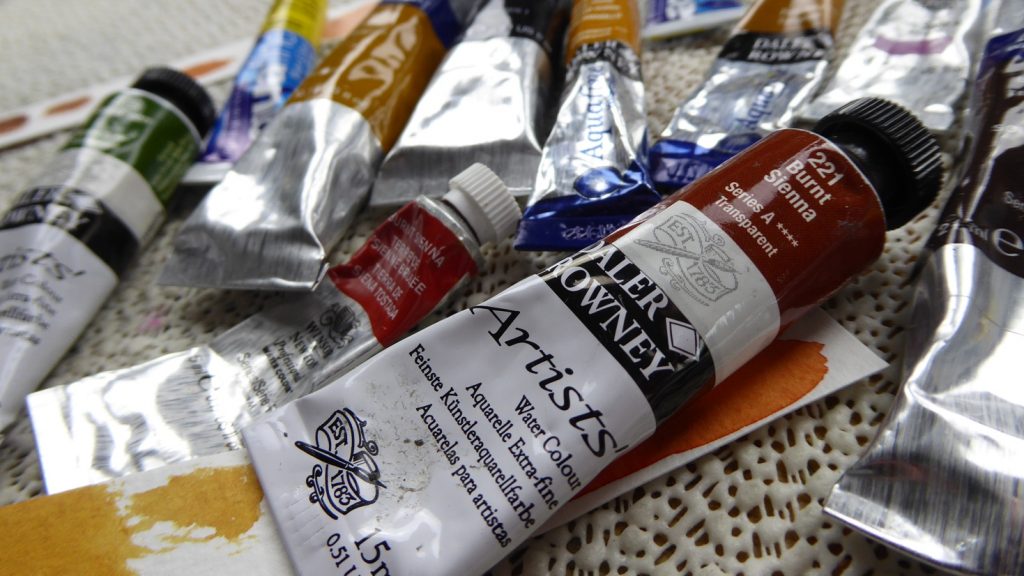
Brushes
I know, another minefield, and all I can do is let you know my preference in brushes. The brushes you buy will depend on the type of painting you wish to do and the budget at your disposal. Bristle types tend to fall into a few basic categories.
Sable – expensive but lovely to use and has a natural taper giving it a good point to work with. The most coveted of these being kolinsky sable – the ultimate purchase for any artist.
Other natural fibres – each with their own unique properties in their favour. For instance a hog brush is very stiff and generally used for oil and acrylics. Whereas squirrel brushes are soft and often used in watercolours instead of sable as they are cheaper.
Mixed blends – as their name suggests a mixture of blends which brings out the most useful properties from both fibres. This gives the artist a much more versatile brush.
Synthetic – man-made fibres, often more durable and usually a little kinder on the wallet!
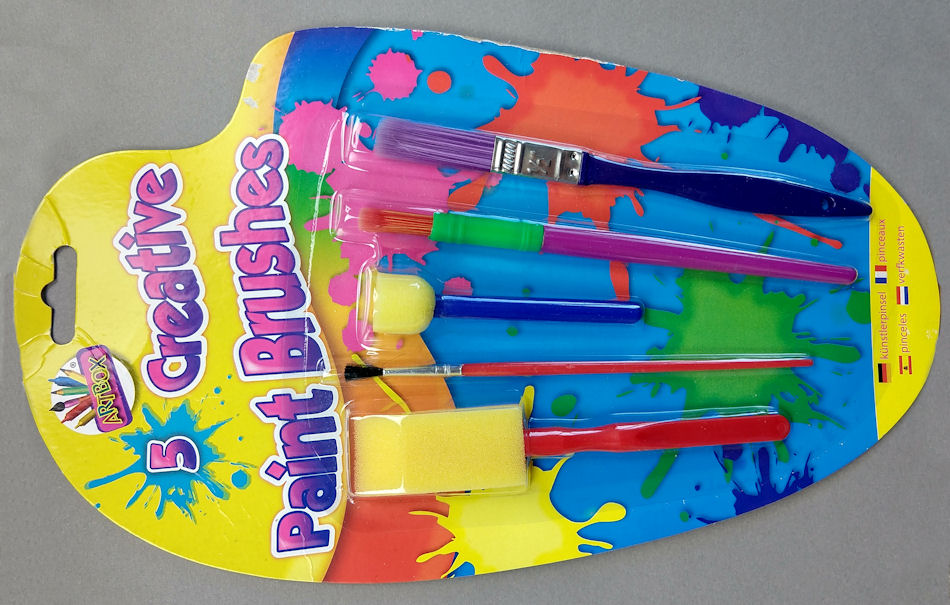
Brush Sizes
As for the size of brush, it will depend on your subject. Should you wish to paint a large wash and in a loose style then obviously a large brush would be good. Maybe go for a size 18 down to a size 2 rigger (long and thin) as a preference.
However, for the finer style of painting, as in the way I paint, then a size 8 down to a 00 (very small) would be ideal.
There are many manufacturers out there, and I can only recommend the brushes I use. They are a bit like paints, once you get used to a particular make and style of brush it is difficult to break away from the comfort of familiarity. Occasionally I will test out some different brushes and ultimately this may lead to a change in my favourite. But it doesn’t happen very often!
My Favourites
Everyone has their favourites here are some of mine. I hope this post has perhaps helped you demystify which watercolour brushes and paints to go for.
Finally, thank you for following my blog, do leave a comment if there are any other subjects you would like me to ramble on about!
Until the next time, keep those brushes (sable, animal hair, synthetic, blended, large, medium or small), wet!
Paul 😉
